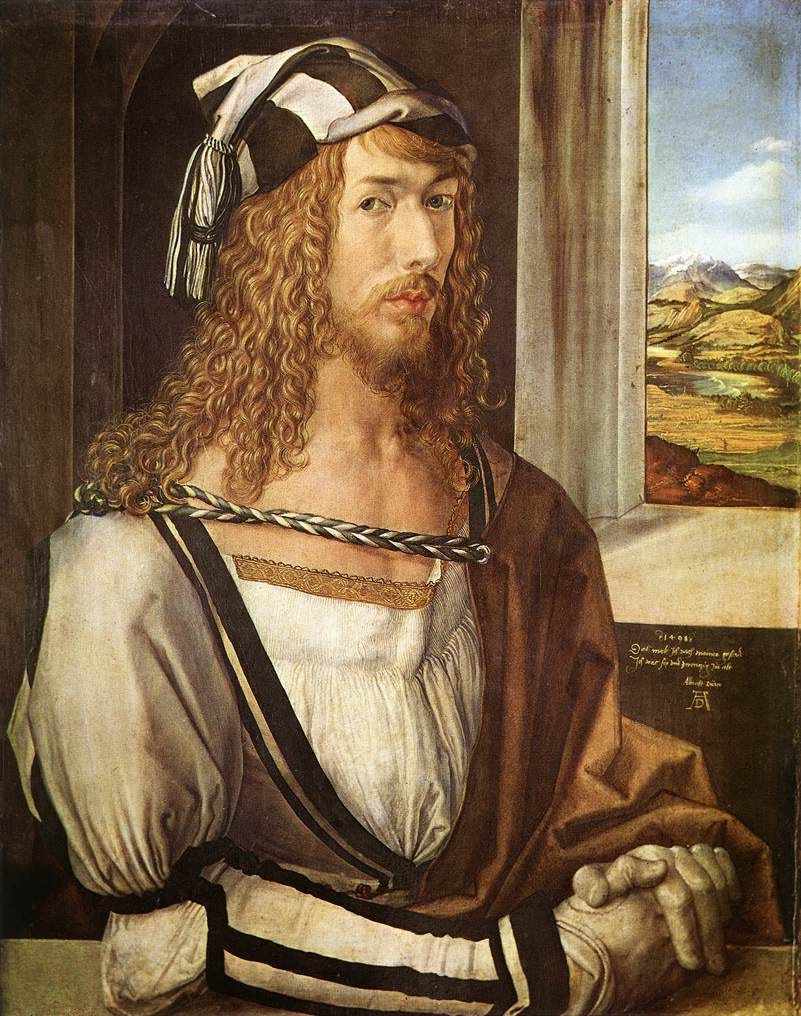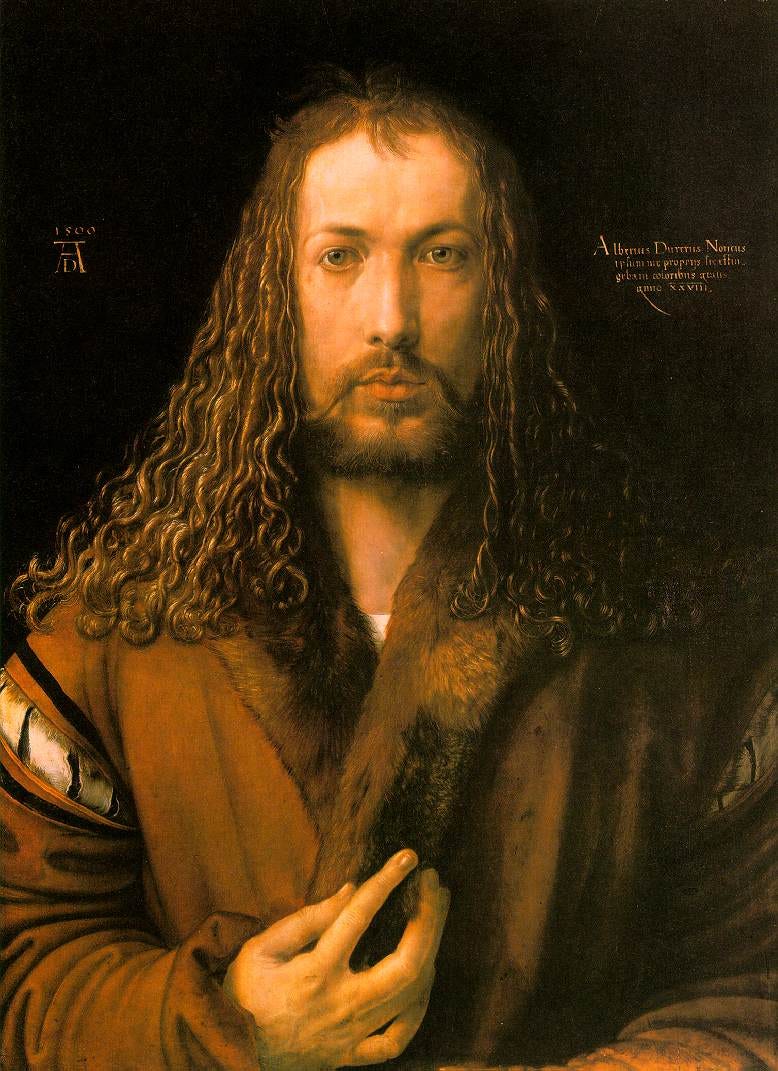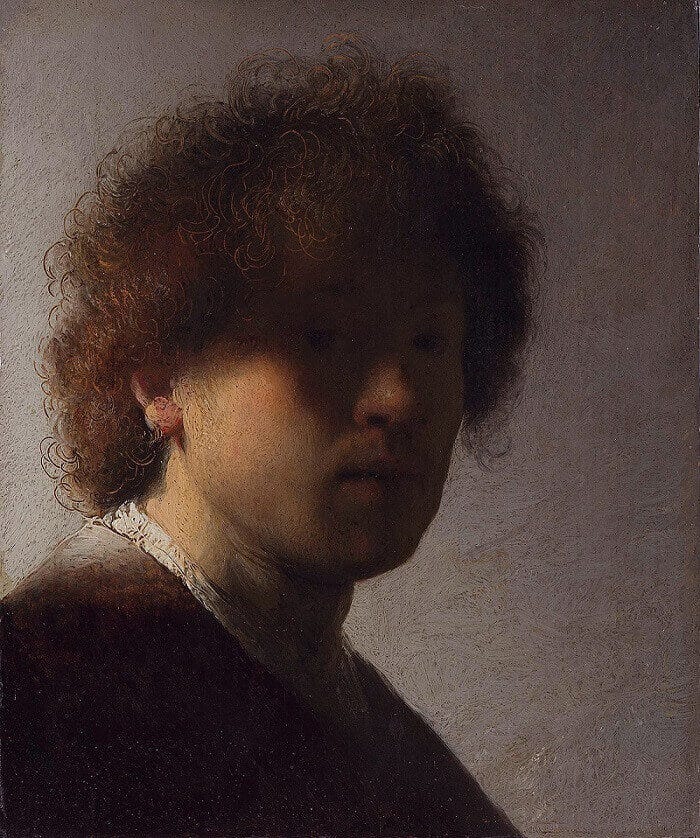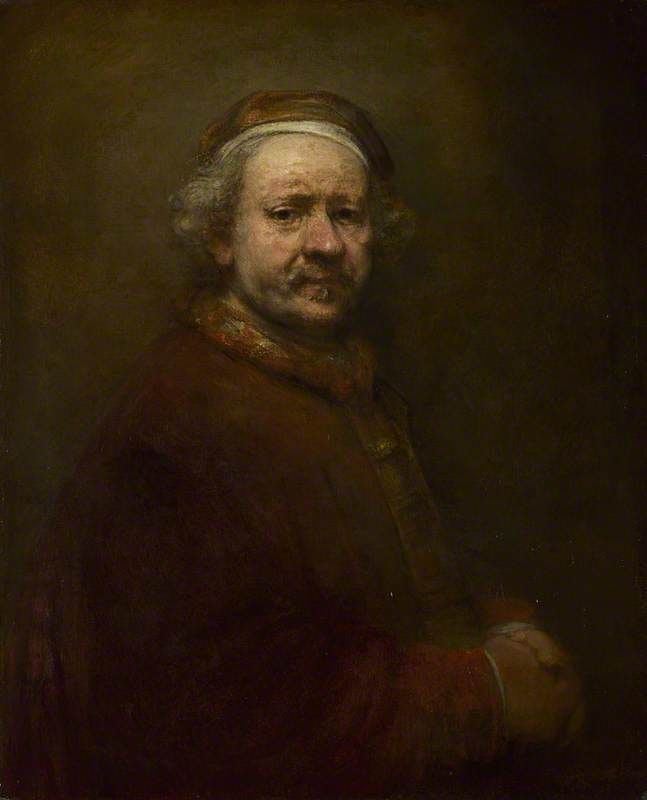On Self-Portraiture and Identity
I’ve been thinking about my journey into adulthood, which has been a mix of highs and lows, triumphs and failures, and, ultimately, some big lessons learned from past mistakes. Along the way, I’ve been fortunate enough to be surrounded by friends with high emotional intelligence, people who have shown me what true progress looks like.
Growth, as I’ve come to understand, is not easy, and healing is never a straightforward path. But I’m proud of the progress I’ve made. Today, I make better decisions, I’m truer to myself, and I’m more mindful of those around me. After all, we attract what we project.
As I’ve worked on self-acceptance, I’ve noticed a shift in the quality of people I attract into my life, and perhaps it’s true that the good things we seek only come to us when we begin to look inward, heal our wounds, and change how we see ourselves. This brings me to a concept that has been on my mind lately: the self-portrait.
The Mirror to the Soul
The self-portrait, as an art form, is fascinating because it serves as both a reflection of the artist’s inner world and a deliberate expression of how they wish to be seen by the world.
In many ways, a self-portrait is a visual autobiography—an exploration of identity and change. When I think about the self-portrait I would paint of myself today, I realize it would show a much more introspective, discerning, and grounded person than I was in years past. The self-portrait, in essence, acts as a mirror to our inner lives: it’s an expression of who we are at a given moment, but it’s also a glimpse of who we are becoming.
Drawing inspiration from James Hall’s excellent essay The Self-Portrait (2014), I now understand why this genre has endured as an essential form of artistic expression. The self-portrait shows us how artists see themselves relative to the world around them.
Self-Portrait, Albrecht Dürer (1498)
A Display of Strength
At its core, the self-portrait is an expression of introspection. As Hall explains, it is not just a physical likeness but a window into the artist’s psychology, emotions, and social context. Over the centuries, self-portraits have ranged from confident displays of power to quiet moments of vulnerability.
Take, for example, Albrecht Dürer’s Self-Portrait at 28, a striking work in which Dürer gazes directly at the viewer with unwavering confidence, signaling an acute awareness of the power of self-representation. At the time, artists were often regarded as craftsmen rather than intellectuals, but Dürer uses this self-portrait to elevate his role, positioning himself as a learned creator on par with scholars and philosophers.
Self-Portrait at 28, Albrecht Dürer (1500)
His fine attire—particularly the fur-lined coat—symbolizes his growing social and professional stature, marking him as a figure of wealth, intellect, and distinction. The deliberate pose of his hands further reinforces this duality: the right hand placed assertively on the canvas frame reflects his active engagement with his work, while the left hand, more contemplative, suggests a reverence for the intellectual and spiritual dimensions of creation.
Dürer’s self-portrait is not merely a likeness—it’s a powerful statement of his self-awareness as an artist and intellectual, positioning him as a key figure in the broader cultural and intellectual landscape of the Renaissance.
A Glimpse of Vulnerability
In contrast to Dürer’s confident, intellectual self-assurance, Rembrandt’s self-portraits offer a more intimate and evolving exploration of self-perception. Created over the course of his lifetime, Rembrandt’s self-portraits reveal a profound relationship between the artist and the passage of time, making them some of the most psychologically rich depictions of the self in art history.
Self-Portrait with Dishevelled Hair, Rembrandt van Rijn (1928)
Self-Portrait at the age of 34, Rembrandt van Rijn (1640)
As Hall notes, Rembrandt’s expressions shift dramatically—from the youthful self-assurance of his early works to the somber introspection and melancholy of his later years. This evolution reflects the unfolding of his life, as he faced personal hardships such as financial struggles, the loss of loved ones, and a series of professional setbacks.
Self-Portrait at the age of 63, Rembrandt van Rijn (1669)
Through his self-portraits, Rembrandt transforms the genre into a space for confronting not just the passage of time (and ageing), but the internal changes wrought by personal experiences, struggles, and growth. His later self-portraits, in particular, offer us a glimpse of an artist who is no longer just reflecting his external appearance but is using his image to confront his inner emotional landscape.
Self-Portraiture Today
Today, self-portraiture has taken on new forms, largely due to the rise of social media. The "selfie" has become ubiquitous, offering a way for people to curate and control their own image. While selfies may lack the technical depth of traditional self-portraits, they’ve democratized the art of self-representation, allowing everyone—regardless of their background or profession—to shape how they are seen by others through this medium.
However, this shift also raises important questions about authenticity. Are these new forms of self-representation truly reflective of who we are, or are they just performances for an audience? In the digital age, we find ourselves navigating a complex intersection between personal identity and public image. The stakes are higher than ever, and the desire to project a specific version of oneself remains central to the self-portrait, whether in the traditional realm of art or through a digital lens.
As I continue my own journey of self-improvement, I see the self-portrait as a powerful symbol of this change. Self-portraiture is more than looking at who we are in the present; it’s about understanding where we’ve been, where we’re headed, and how we want to show ourselves to the world. The self-portrait is a mirror to the soul.. Just as Dürer, and Rembrandt used self-portraiture to navigate their identities and place in society, we too can use the concept of the self-portrait as a tool for self-reflection and personal growth.






